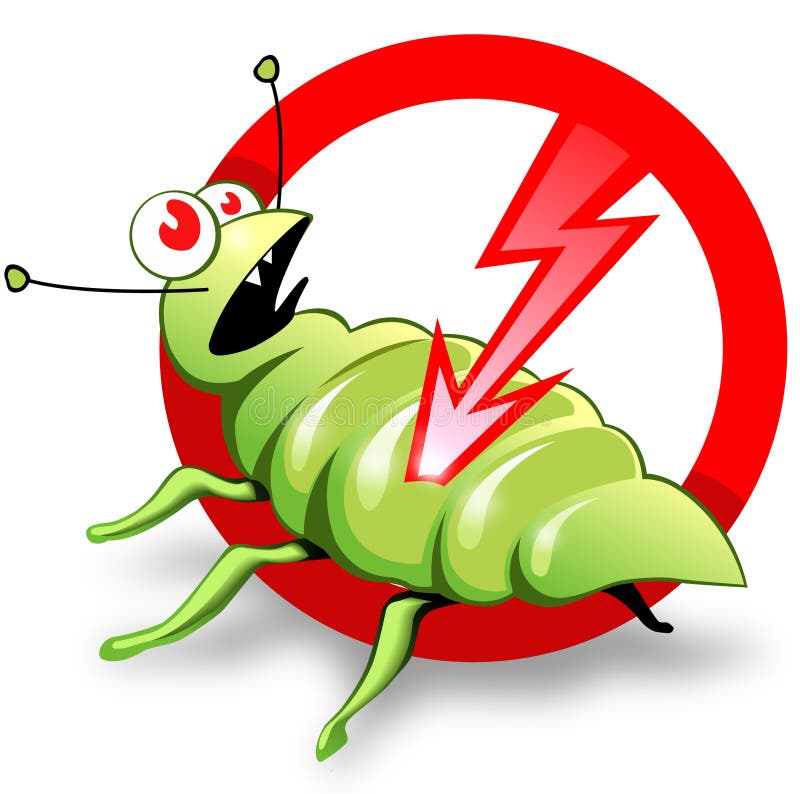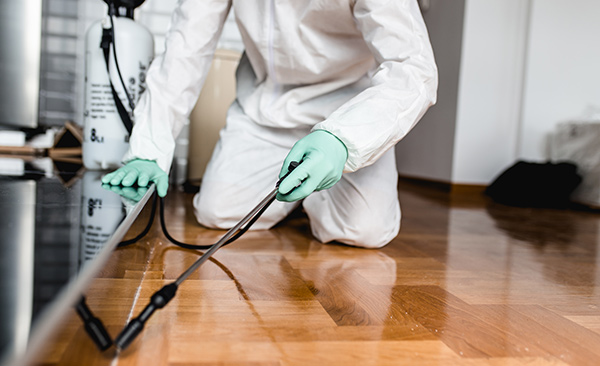Affordable and Effective Services by Pest Control Lockhart
Affordable and Effective Services by Pest Control Lockhart
Blog Article
Exploring Invasion and Therapy Methods on the planet of Bug Control
The landscape of pest control encompasses a myriad of obstacles, particularly as invasions of common home pests remain to advance. Comprehending the actions and reproductive patterns of these nuisances is critical for developing reliable therapy strategies. By integrating safety nets with sophisticated monitoring techniques, such as Integrated Pest Management (IPM), homeowners can better safeguard their atmospheres. The effectiveness of these techniques might vary considerably based on details circumstances. What underlying elements add to the success or failing of these strategies in different settings?

Usual Household Pests
When it concerns managing our space, comprehending usual family parasites is crucial. These pests not only disrupt our comfort but can also position health risks and damage home. The most common home parasites consist of ants, roaches, rats, termites, and bed insects.
Ants, usually seen foraging in kitchen areas, can contaminate food and develop big colonies. Rats, including computer mice and rats, can cause architectural damage and lug illness like hantavirus and salmonella.
Recognizing the indications of these pests, such as droppings, nests, or attack marks, is vital for very early intervention (Pest Control Lockhart). Correct cleanliness practices, sealing access points, and keeping a clutter-free atmosphere are reliable preventative procedures. By identifying these typical house insects and understanding their habits, home owners can take positive actions to mitigate invasions, ensuring a much healthier living setting
Understanding Bug Infestations
Pest invasions can intensify swiftly, transforming a small nuisance right into a substantial trouble if not resolved without delay. Usual variables adding to problems consist of inadequate hygiene, architectural vulnerabilities, and seasonal changes that drive pests inside.
Determining the kind of parasite is crucial, as various varieties show different habits and reproductive rates. Rodents may develop nests in surprise locations while bugs like cockroaches grow in wet atmospheres. Early detection frequently pivots on identifying indications such as droppings, nibble marks, or unusual audios, which can suggest a problem prior to it ends up being severe.
Cozy, moist climates can assist in the quick growth of bug populaces, while changes in landscape design or construction can unintentionally produce helpful environments. An educated strategy to recognizing these characteristics lays the foundation for effective insect monitoring strategies in the future.
Treatment Techniques and Methods
Reliable therapy methods and methods are necessary for minimizing pest infestations and bring back a risk-free setting. A complex strategy is frequently best, integrating chemical, biological, and mechanical methods customized to the certain parasite and the extent of the problem.
Chemical therapies consist of the usage of pesticides and herbicides, which can effectively eliminate pests. Correct application and adherence to safety and security standards are critical to decrease threats to people and non-target microorganisms. Integrated Bug Administration (IPM) encourages the cautious use of chemicals as a last hope, relying rather on tracking and threshold levels to establish treatment requirements.
Biological control approaches include introducing all-natural predators or bloodsuckers to decrease parasite populations. This approach is significantly popular, specifically in agricultural setups, as it promotes ecological sustainability.
Mechanical methods, such as catches and barriers, give immediate alleviation from insects without presenting chemicals. Options consist of sticky traps for bugs or physical obstacles for rodents.
Inevitably, the choice of therapy method ought to take into consideration the particular parasite, the environment, and possible effect on human health and wellness and communities. A well balanced mix of these techniques can properly manage invasions while advertising long-term insect control options.
Safety Nets for Residence
Proactively addressing insect problems prior to they rise is important for preserving a healthy and balanced home setting (Pest Control Lockhart). Executing efficient safety nets can considerably minimize the probability of problems, ultimately protecting both your building and well-being

Appropriate landscaping also plays an important function in prevention. Keeping hedges and trees cut away from your house minimizes the possibilities of insects finding their way inside. Make sure that drain systems are functioning successfully to stop standing water, which can draw in mosquitoes and various other bugs.
Lastly, regular evaluations are advisable. Regularly looking for indications of pest task permits very early intervention. By adopting these safety nets, homeowners can produce an environment that is much less congenial to parasites, consequently enhancing their general lifestyle and lowering the need for considerable insect control treatments.
Industrial Parasite Control Methods
A comprehensive technique to commercial bug control is essential for services aiming to preserve a secure and hygienic atmosphere. Reliable techniques include a mix of regular assessments, staff member training, and the application of Integrated Bug Management (IPM) practices.
Routine examinations enable very early discovery of pest activity, permitting prompt treatment. Businesses ought to establish a regular timetable for these assessments, focusing on high-risk locations such as cooking areas, storeroom, and waste disposal sites. Worker training is just as crucial; staff ought to be informed on the indications of parasite problems and the importance of reporting them instantly.
Carrying out IPM methods assists alleviate parasite concerns sustainably. This consists home of environment alteration, such as securing access factors and lowering mess, along with using all-natural deterrents useful site prior to turning to chemical therapies.

Additionally, working together with an accredited bug control copyright makes certain accessibility to specialist understanding and advanced treatment alternatives. This collaboration can cause personalized insect control plans tailored to the details demands of the service, lessening dangers and enhancing total efficiency. Eventually, a proactive and informed strategy promotes a pest-free environment, safeguarding both public wellness and service credibility.
Conclusion
In verdict, efficient insect control demands a detailed understanding of typical household bugs and their behaviors, paired with targeted treatment methods. Applying precautionary measures together with therapy strategies such as Integrated Parasite Administration and biological control improves the ability to alleviate infestations. Normal evaluations and a mix of chemical and mechanical services find more info better contribute to keeping pest-free environments. Inevitably, an all-around strategy to pest administration is crucial for protecting living rooms from unwanted trespassers.
Report this page